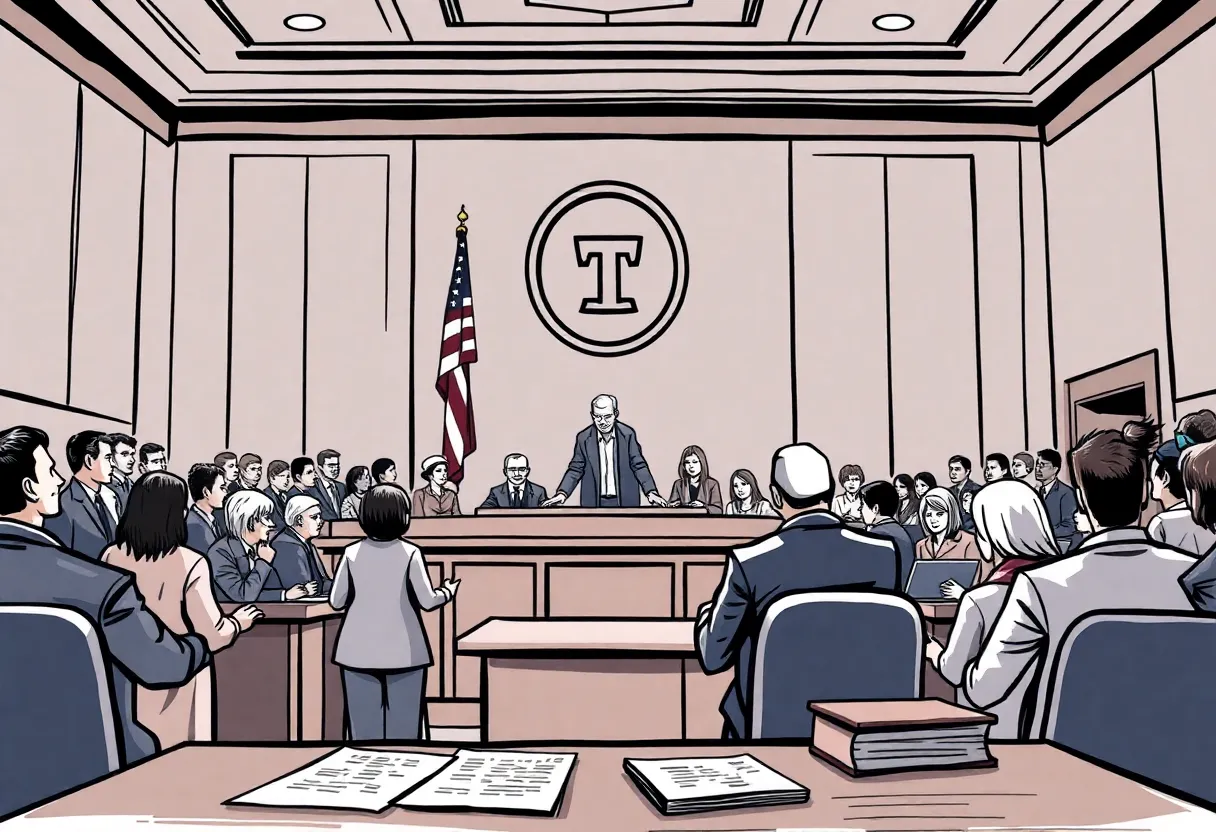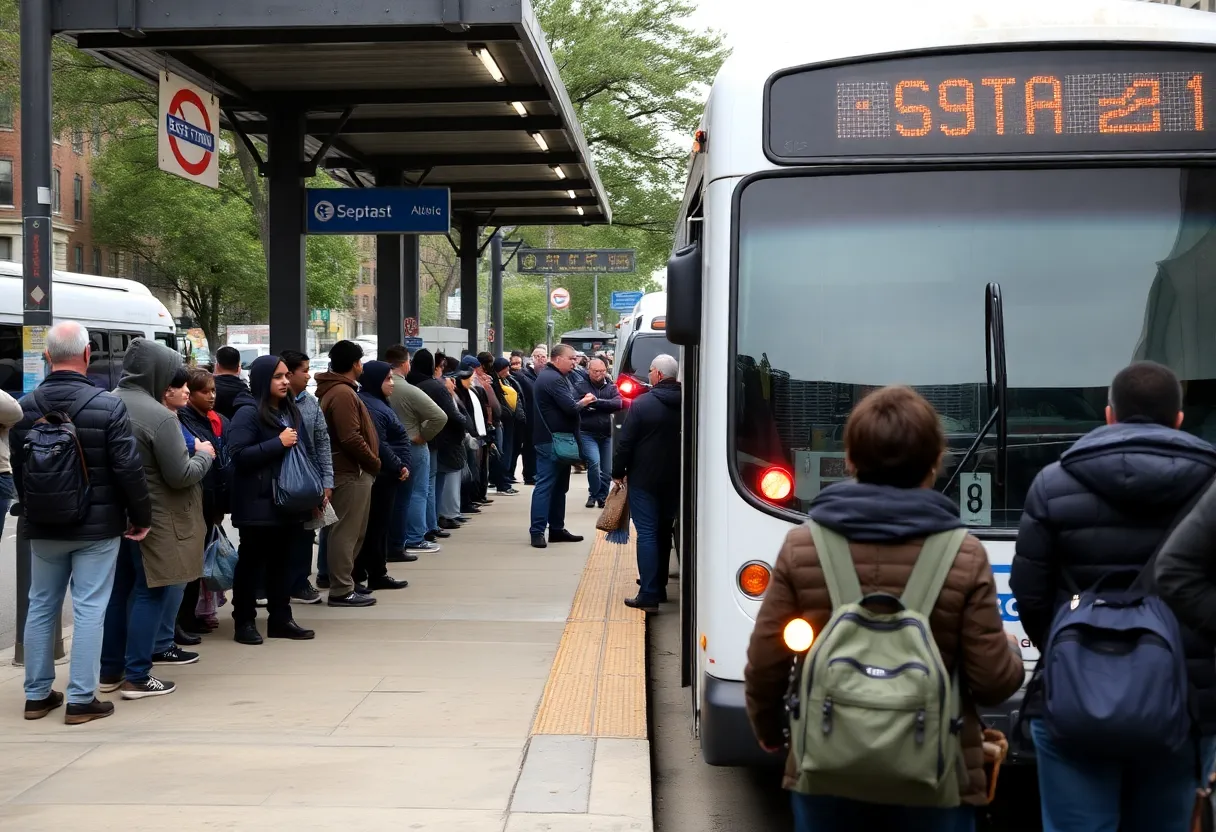News Summary
In a major victory for sanctuary cities, a federal judge has blocked funding cuts proposed by the Trump administration affecting 34 cities and counties, including major urban areas. This ruling expands on a previous injunction and has been hailed by local officials as a significant win against federal coercion. Judge William Orrick’s decision could have long-lasting implications as it reinforces the argument that funding threats violate constitutional principles. As the debate intensifies, the administration is expected to appeal, raising questions about the future of sanctuary policies in the U.S.
Big Win for Sanctuary Cities as Federal Judge Blocks Funding Cuts
In a significant legal victory for “sanctuary cities,” a federal judge has stepped in to prevent the Trump administration from cutting off vital federal funding. Judge William Orrick issued an order that blocks funding cuts to 34 cities and counties, including major metropolitan areas like Los Angeles, Chicago, Boston, Baltimore, Denver, and Albuquerque.
This ruling expands on a previous injunction that was already in place, which covered cities like San Francisco, Sacramento, Minneapolis, and Seattle. The decision came after cities banded together and filed a lawsuit against the Trump administration, claiming that its executive orders threatening funding cuts were unconstitutional.
What Made This Ruling Possible?
In his ruling, Judge Orrick, who was appointed by former President Obama, characterized the Trump administration’s efforts to freeze funding as a “coercive threat.” The judge argued that this attempt violated the separation of powers doctrine, which is designed to keep the government’s branches from interfering with each other’s duties.
The administration had previously asserted that cities encouraging sanctuary policies shouldn’t receive federal subsidies if these policies obstruct federal immigration enforcement. This stance has sparked heated debates across the nation as the number of immigrants in detention has surged by over 50% since Trump took office, reaching a staggering record of 60,000.
Reactions to the Decision
Local officials in sanctuary cities are celebrating this ruling as a significant win against what they describe as the federal government’s “cruel policies.” Los Angeles Mayor Karen Bass and other local leaders have expressed relief and joy over the court’s decision.
This ruling could have long-term implications, with the administration expected to appeal. Meanwhile, officials continue to work with local law enforcement on federal immigration laws, intensifying the ongoing tug-of-war between local policies and the federal government.
The Bigger Picture
In addition to the recent legal actions, tensions have escalated as Attorney General Pam Bondi has issued threats to over 30 Democrat-led cities and states, targeting places like California and Illinois for their stance on immigration. Notably, the Department of Justice has filed lawsuits against numerous cities for their sanctuary policies, claiming these impede federal enforcement efforts.
In a related note, the Pentagon has begun deploying 2,000 National Guard troops in Washington, D.C., to support local law enforcement, while also being armed for potential confrontations. Trump hinted that Chicago might be the next city on the administration’s radar for addressing crime and illegal immigration.
What Are Sanctuary Cities?
“Sanctuary city” policies generally allow local jurisdictions to refrain from committing their resources to federal immigration enforcement. However, these policies do not prevent federal immigration officials from conducting their enforcement activities. It’s a nuanced balance between protecting local communities and adhering to federal law, and it’s that complexity that has sparked so much debate across the country.
As this story continues to unfold, it remains to be seen how the administration’s expected appeal will play out and what it will mean for the future of sanctuary cities across the U.S.
FAQ
What are sanctuary cities?
Sanctuary cities are jurisdictions that limit their cooperation with federal immigration enforcement to protect undocumented immigrants from deportation.
Who is affected by the ruling?
The ruling affects 34 cities and counties that could have faced funding cuts, including major cities like Los Angeles, Chicago, and Boston.
What are the possible implications of this ruling?
This ruling could encourage more cities to sustain or even expand sanctuary policies, potentially increasing tensions between local and federal governments.
Key Features of the Ruling
| Feature | Description |
|---|---|
| Judge | William Orrick, appointed by Obama. |
| Number of Cities | 34 sanctuary cities and counties affected. |
| Key Cities | Los Angeles, Chicago, Boston, Baltimore, Denver, Albuquerque. |
| Fundamental Argument | Threatening funding cuts is unconstitutional and violates separation of powers. |
| Current Federal Detentions | 60,000 immigrants detained, a 50% increase. |
Deeper Dive: News & Info About This Topic

Author: STAFF HERE PROVIDENCE WRITER
PROVIDENCE STAFF WRITER The PROVIDENCE STAFF WRITER represents the experienced team at HEREProvidence.com, your go-to source for actionable local news and information in Providence, Providence County, and beyond. Specializing in "news you can use," we cover essential topics like product reviews for personal and business needs, local business directories, politics, real estate trends, neighborhood insights, and state news affecting the area—with deep expertise drawn from years of dedicated reporting and strong community input, including local press releases and business updates. We deliver top reporting on high-value events such as WaterFire, Rhode Island International Film Festival, and Rhode Island Comic Con. Our coverage extends to key organizations like the Greater Providence Chamber of Commerce and Providence Warwick Convention & Visitors Bureau, plus leading businesses in finance and manufacturing that power the local economy such as Citizens Financial Group and Textron. As part of the broader HERE network, we provide comprehensive, credible insights into Rhode Island's dynamic landscape.





